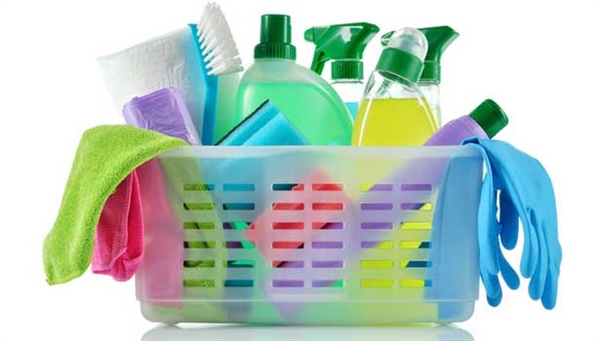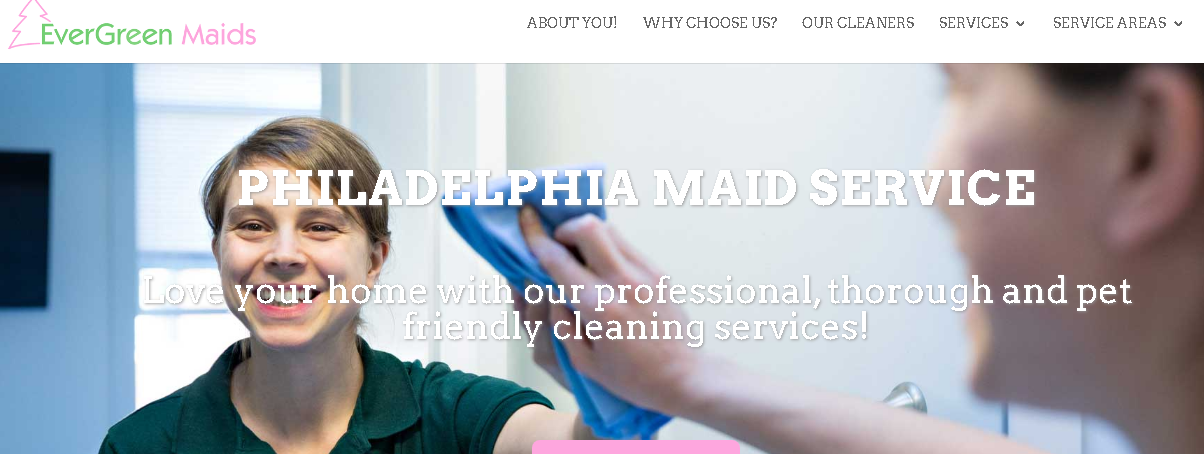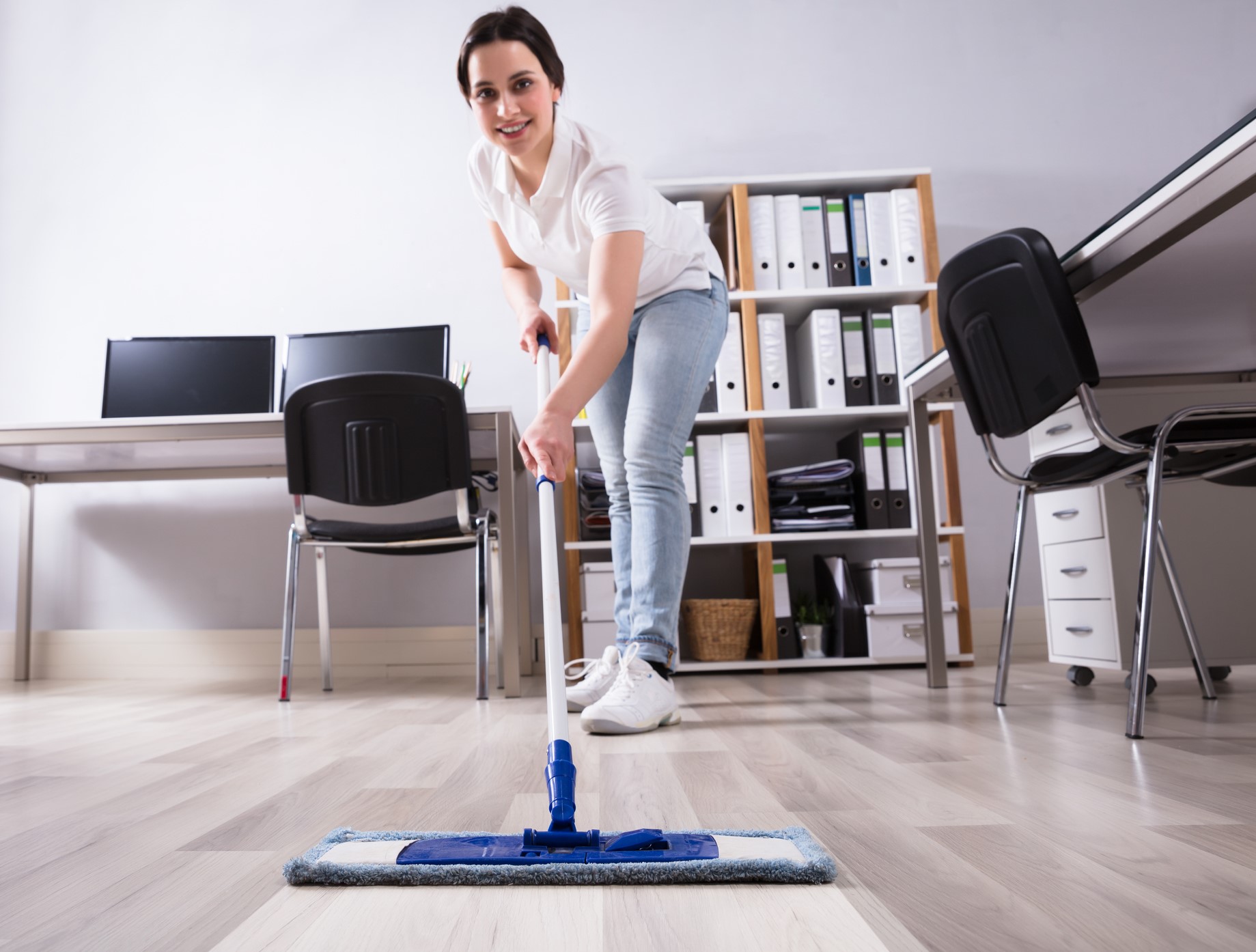Making the best supply and equipment choices for your business and service is about more than just what others say “works best.”
It’s probably the very first decision you ever made for your cleaning business. The products and equipment you use to achieve those elusive “perfect clean” results form the very core of your service. You want it to be cheap, fast, and effective, right?
I’ve been on both sides of the product selection process. For 13 years, I sold professional cleaning products for Procter & Gamble, and while I still live in their backyard and love their products, I use more than just P&G cleaning products and systems. I’ve also been on the purchasing end as both a pet care business owner and now as a maid service and commercial/carpet cleaning business owner. It’s fair to say that I approach product and equipment selection with a well-tested process.
[EasyDNNnewsToken:Left Justify Embed 300 x 250]Let’s take a look at what it really takes to make the best choice of products and equipment – both achieving those cleaning results while complying with regulation and keeping costs in check.
Evaluating Cleaning Products
Figuring out if a new or alternative product will work for you doesn’t have to be complicated, but it does need to gain you some data you can’t get from anyone else – no matter how much they love the product. You may choose to address these questions in a different order based on your company’s core values, but you will need to answer all of these for a truly informed and values-based adoption of a product or piece of equipment into your cleaning service.
1) Does the product manufacturer provide an SDS – Safety Data Sheet?
It might seem odd to open up a product evaluation with something other than the product itself, but the fact is that it doesn’t matter if a product is the most amazing thing ever if it doesn’t have a Safety Data Sheet or SDS; these used to be called Material Safety Data Sheet (MSDS), but the term was revised with the regulation in 2012.
Why is having an SDS for each product so important? Because if the manufacturer does not provide an SDS, then you – as a cleaning service provider – are not allowed to use it in delivering your cleaning services. You can read more about it in the OSHA Hazard Communication Standard.
Most cleaning companies maintain a master SDS binder in the business office and include an SDS section of their technicians’ service binders. For those companies who have gone high-tech, a document file (like MS Word or PDF) containing all of the SDS meets federal requirements as long as a back-up copy is available in the case of a power outage.
2) Does the product work?
This step in the process takes the most amount of time and effort; when done well, though, it provides the data for working through the remaining steps pretty quickly. Testing the product means confirming that it achieves the results advertised. For all product tests, using exact measurements and observing dwell times is essential for a fair product comparison.
For simple cleaning (not including sanitizing or disinfecting), this can include:
– Dilution
– Application
– Dwell Time
– Rinsing Procedure
– Dry Time
With simple cleaning, you’ll want to measure the results using your company’s clean scale (or standards used for formal inspections), looking and feeling for your company’s visual clean criteria.
To test for Sanitizing/Disinfecting results, you would need a laboratory to conduct testing, but you can get a pretty good idea using an ATP testing system in your test:
Swab and measure the bioload present
Follow the product use instructions exactly, including dilution, pre-cleaning, dwell time, and rinse/dry time
Swab and measure the bioload remaining
Compare the measurements with other products making similar claims, keeping in mind that only sterilization has the potential to achieve a zero result.
3) Is the product as time-efficient as existing or other options?
Hopefully, while you were testing the new contender, you kept track of how long it takes to work as advertised. And if you’ve been diligent, you also know how long it takes to use your current products individually and in concert with your comprehensive cleaning procedure.
Use the data from step 2 (product testing) to compare replacement options head-to-head. Products that both work and work within the same time frame stay in consideration; those that don’t fall down or off of the list for consideration. Why? Because even products that work as well won’t save you money if it takes longer for technicians to accomplish the same goals. In fact, if it takes longer to complete a cleaning, the product may actually cost you more money in labor costs.
Occasionally, you may consider a single product intended to replace a pair or collection of others, or vice versa. Test each product separately and compare the bundle against the “all-in-one” to check for available time-efficiencies.
4) Does the product support your business and safety philosophies?
On a conceptual level, the products you choose can work to reflect your business philosophy and promote your services. This is especially important if you choose to advertise the specific products or product lines your technicians will offer to clients.
If your business promotes a specialty philosophy, such a cleaning for health or some variety of sustainable cleaning methods, you may want to consider this question first or second to reduce the number of options that go into testing.
Some companies go so far as to consider developing and manufacturing their own homemade cleaning products. If you choose this route, be certain that you continue operating within OSHA regulations as outlined in the Communication Hazard Standard.
5) Are you paying for water or product?
There are two primary forms that you’ll find most cleaning products come in: diluted and concentrated. Diluted options are also called ready-to-use (RTU); pretty much all of your consumer-focused packaging is RTU and often not economical for professional cleaners. Why? Because 90% of what you’re paying for is water in that bottle. If you want to avoid dilution steps or errors, look for bulk quantities of RTU products.
Better yet, avoid paying for water up front and look for concentrate solutions. The two most common options are portion packs, where the amount of cleaning solution is pre-measured and can easily be mixed with water on the job site, and dilution systems, housed at company headquarters and designed to properly and consistently mix the right amounts of cleaning solution with water.
Comparing the cost of these two solutions is pretty simple. To compare RTU and concentrate prices, divide the price you pay by the number of diluted ounces. Now you’re ready to compare the cost more fairly.
6) Where is the product easiest to find and most cost effective to buy?
Reliable access to your chosen product at a cost that fits in your budget is critical. One of the worst feelings is finding an amazing new product, testing it, re-training technicians to work with it, and then losing access to it.
Retail Stores: Retail stores like grocery stores and home good stores are great sources for consumer-grade RTU cleaning products. The advantage is that the product is very quick and convenient to pick up with multiple locations. Many cleaning companies start out buying from local retail locations because of the small order size and ease. However, convenience comes at a price; this way of buying is normally the most expensive, and retail stores are constantly adjusting the products they stock, so your preferred products can disappear with no notice.
Wholesale Clubs: The club stores are making a focused effort to sell more to professionals with larger sized products, concentrates, and refillable bottles with labels for the various products packaged together. However, like retail stores, the products they carry change very quickly and your product can go away or be identified as seasonal and only be available a few months out of the year.
Internet Stores and Outlets: The internet is full of large and small online stores where you can buy common and specialty products, some claiming to offer discounts. Take all standard precautions to ensure that the online outlet operates by legitimate business practices.
Multi-level Marketing: Several product lines and specialty products are only available through an MLM. Be certain to acquire an SDS before adopting the product(s) into your cleaning procedure; many MLMs do not provide them because their products are designed for consumer use rather than professional use.
Professional Distributors: Commonly used by commercial cleaning contractors, distributors are also very friendly with the growing residential cleaning community. Many manufacturers prefer to focus on making the perfect product and not get muddied in education and sales; that’s why they turn to distributors. They can usually get you the RTU options but their goal is to work with you to find the best solutions so you’ll stick with them for the long-term; this motivates distributors to be very focused on making the business owner happy. The good ones do both well; read more about education and training through distributors in Dick Ollek’s Janitor’s Closet column.
Evaluating Cleaning Equipment
The overall process for evaluating a new piece of equipment starts with the same basic checkpoints as a cleaning or disinfecting product. So start with Check Points 2 – 4 above above: product claims testing, time, and safety/philosophy. If a piece of equipment claims to disinfect, you will also want to check for its EPA Registration Number, which is its legal authorization to make that claim. Then you’ll be ready to move on to look at more equipment-specific aspects that affect your long-term costs.
7) Does the equipment have a warranty? How long is the warranty?
Equipment warranties have the potential to save you a lot of money on common repairs through part or all of the lifetime of the device. Be sure to check equipment reviews in a number of locations to get a feel for how the manufacturer handles warranty issues: quickly, efficiently, with little hassle – or not.
8) Are there supply and maintenance costs to consider?
Review the care and maintenance recommendations very carefully, draft a quick schedule for expected supply replacements (like filters, belts, and hoses) and calculate the costs of those extras beyond the initial cost of the equipment. Again, product reviews can be very helpful in determining a realistic expectation for these ongoing costs.
9) Is the cost through the warranty period comparable with the cost of others?
Check to see if any of those ongoing costs, like replacement filters or repairs, are included in the warranty. This is a nice step because it’s one of the few times you might be able to subtract some costs from the overall expense or investment.
10) What is the expected life of the equipment and how does that compare with others?
Equipment manufacturers should be able to tell you the expected life of each piece of equipment they make, especially for the commercial lines. Expected life is the average number of months or years a tool is expected to achieve advertised results. But be careful; not all cleaning tools are measure in months or years. Here are some guidelines for understanding the useful or expected life estimates:
Cotton or Microfiber Cloths: measured in # of washes. A cloth claiming a useful life of 250 washes will last for about one year while one with 500 washes will last about two years, assuming the cloth is used and washed daily.
Residential Vacuums: measured in years, based on use once a week. So a residential model with a useful life of five years might last a professional cleaning company almost 1.5 years if used in three homes a day on weekdays only.
Commercial Vacuums: measured in years, based on continuous use several times a day. This is why commercial vacuums, though a higher up front cost, are a much more cost effective investment; generally, you will spend less money over time.
For specific types of products and pieces of equipment, you may also want to ask questions about airflow, lift and filtration for vacuums, or pH level for wet products, or life and care of microfiber.
So the next time you see a discussion board post asking what other business owners think about a particular product, ask them what problem they are trying to solve (usually cost, effectiveness, safety/sustainability) and share the solution steps here to help them get some real answers and make a better informed decision for their business.
Derek Christian is founder and owner of My Maid Service, Cincinnati’s largest, independent professional cleaning company. Prior to that, he spent twelve years at P&G working on household cleaning products.






